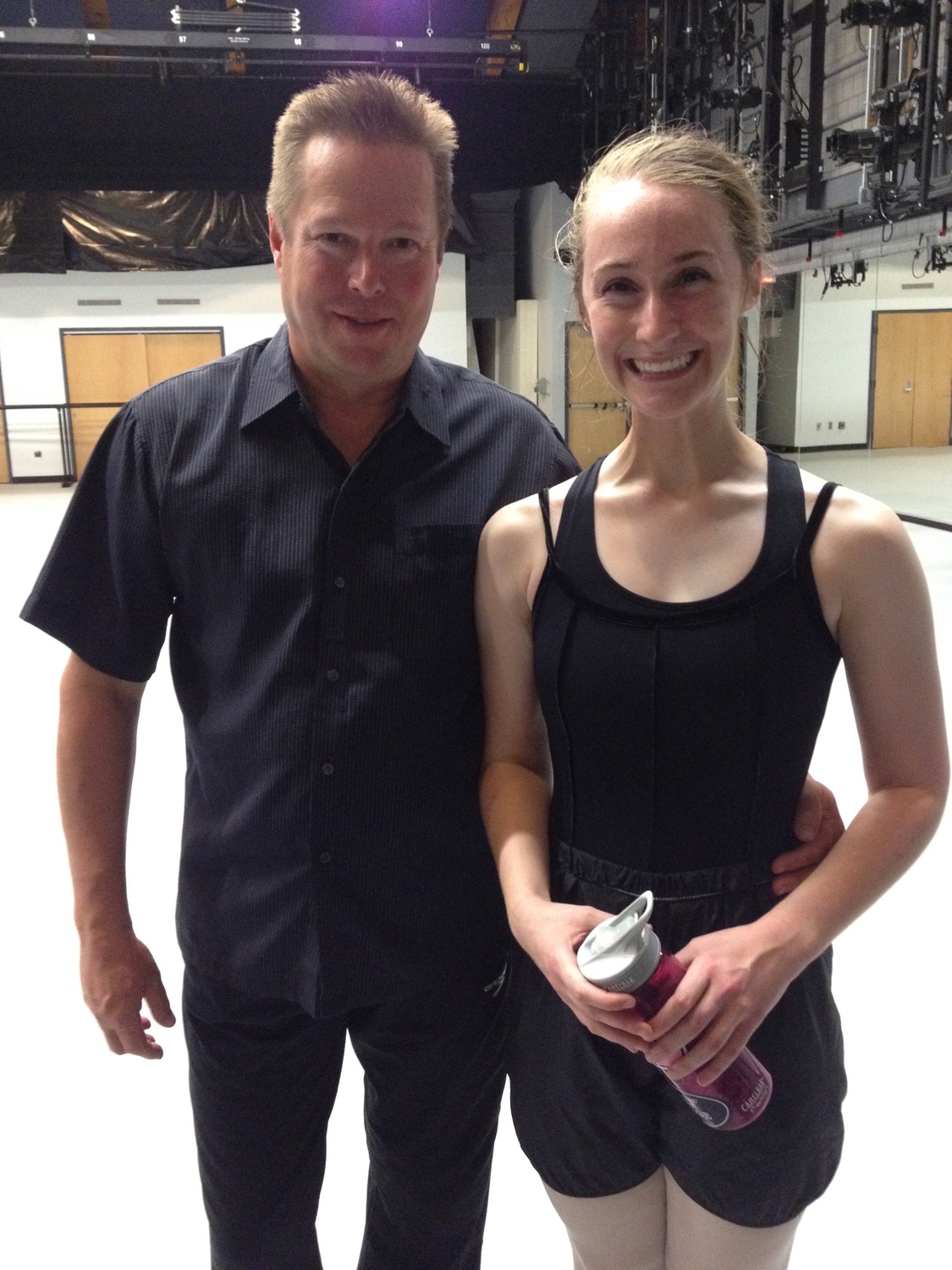
News
Cambridge Residents Slam Council Proposal to Delay Bike Lane Construction

News
‘Gender-Affirming Slay Fest’: Harvard College QSA Hosts Annual Queer Prom

News
‘Not Being Nerds’: Harvard Students Dance to Tinashe at Yardfest

News
Wrongful Death Trial Against CAMHS Employee Over 2015 Student Suicide To Begin Tuesday

News
Cornel West, Harvard Affiliates Call for University to Divest from ‘Israeli Apartheid’ at Rally
Artist Spotlight: Mary-Grace R. Reeves

Mary-Grace R. Reeves ’16 is a chemistry concentrator currently living in Lowell. As an arts educator focused on bringing ballet to a larger population, she currently spearheads two major ballet instruction initiatives: The Harvard Chapter of the Boston Ballet College Ambassadors Program and the American Girl Book Club. The former focuses on making ballet accessible to college students in the Boston area, and the latter seeks to instill an appreciation of dance in young children through literature, particularly with the “American Girl” book series.
The Harvard Crimson: When did you first begin dancing ballet?
Mary-Grace R. Reeves: I started dancing when I was five. I began with all different types of styles—with ballet, of course, but also with tap and jazz—and as I got older, I realized that ballet was my favorite. I just love how it combines artistry, choreography, but also...athleticism. Looking back, I think that ballet is just so important for developing skills that apply outside the dance world—skills like self-confidence [and] determination.
THC: You’ve mentioned that, ever since you were a little girl, you’ve wanted to do ballet. What about the art form do you think draws the interest of young children?
MRR: I think that ballet’s unique because of how it combines that demonstration of such strength with that creative performance factor. And it also builds a community of dancers. It’s very similar to a team sport in the fact that you have your other members of your ballet organization who are always there to support you and cheer for you.
THC: You’re currently at the helm of a youth outreach program focusing on ballet. Where did the idea for this initiative come from?
MRR: The…program was really inspired by a luncheon that I attended during my freshman year. I was invited by Dean Thomas Dingman to his house to have a luncheon with [Yo-Yo Ma] and a couple other students. Yo-Yo Ma...inspired me [here] because he was discussing how he has such a passion for his music, but even more so he wants to share his music with the greater audience and especially with children…. So I started thinking about this and realized that I, at Harvard, had the opportunity to unite my interest in ballet [and] my passion for literacy...to really inspire girls to...realize that reading can allow them to do anything…. I’m not sure if you’re familiar with the “American Girl” book series?
THC: I am.
MRR: Well, then you know that girls really embrace this series because it teaches them how to make a difference in their communities from a young age by learning about these historical characters. That was the book series that I used to build this curriculum for this program that I started in 2008 and have led since then. But here at Harvard, I was able to develop a unique branch of that program using a newer part of that series based on a girl named Isabelle, who’s a nine year old dancer. She faces obstacles on the path to learning to be a performer...so her stories really teach anyone about determination and self-confidence. So I was able to build that program [for] Arts First. Now I lead it there for each Arts First celebration through partnership with PBHA and the Harvard Dance Center.
THC: How do you think the instruction the girls receive under your program will impact their lives?
MRR: Well, what I did over the summer after my sophomore year in addition to leading this program at Arts First was bring it back to my hometown in Florida.... And with that, I was able to see many of the girls I’d been seeing monthly...really talk with their families, and hear a perspective from their point of view about what their girls enjoyed about the program.... What really struck me was how they talked about, in one girl’s case, how much she had developed as a person through the program.... For example, this girl, in particular, was homeschooled. She’d been pulled out of her public elementary school because she’d been bullied. She had Asperger’s syndrome. When she came to her first program, I remember her sitting with her mother in the corner of the room. She didn’t feel as though...she was a part of this community yet, but to see her grow—to see her excitement about reading be so energetic—was something that really struck me and that I will always remember.
—Staff writer Adriano O. Iqbal can be reached at adriano.iqbal@thecrimson.com
Want to keep up with breaking news? Subscribe to our email newsletter.
